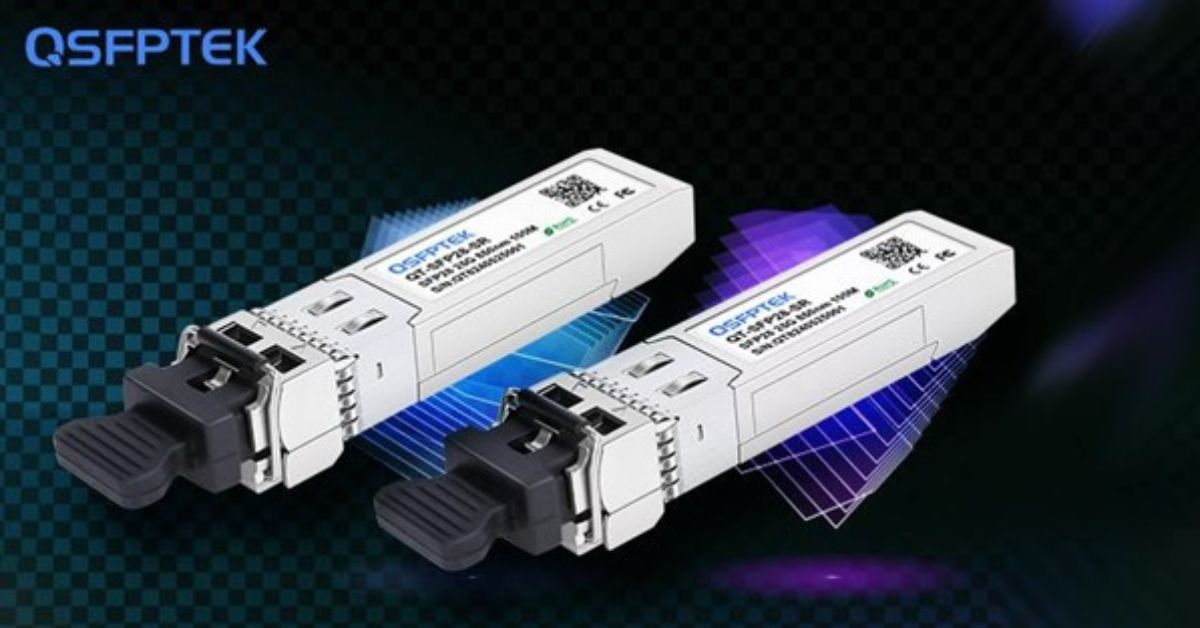As data centers continue to grow in size and complexity, the demand for higher bandwidth and faster data transfer speeds is becoming increasingly critical, especially in storage environments. One of the most effective ways to address these requirements is through the integration of 25G modules with Fibre Channel (FC) technology. This combination enables optimized performance for Storage Area Networks (SANs), offering enhanced bandwidth, reduced latency, and more efficient data transfer. In this article, we will explore how 25G modules and Fibre Channel work together to optimize SANs, providing superior performance for high-demand storage environments.
The Role of Fibre Channel (FC) in SANs
Fibre Channel is a high-speed network technology widely used in storage area networks (SANs) to enable fast, reliable communication between servers, storage devices, and switches. Known for its low-latency, high-throughput capabilities, Fibre Channel has been the gold standard for enterprise-level storage networks for many years. It supports a range of speeds, with common standards including 16Gbps, 32Gbps, and 64Gbps.
However, as data volumes grow and applications demand faster data access, traditional Fibre Channel speeds are reaching their limits. This is where 25G Ethernet modules come into play.
25G Modules: The Next Step in Bandwidth Evolution
The introduction of 25G Ethernet modules provides an immediate upgrade for SANs looking to scale their bandwidth capabilities without completely overhauling their infrastructure. These modules offer 25 Gbps of throughput, which is significantly higher than the common 10G and 16G Fibre Channel connections found in many data centers.
Integrating 25G modules into an FC network means that storage devices and servers can communicate with much higher data rates, significantly improving the overall performance of the SAN. This increase in bandwidth is particularly beneficial in environments where data-intensive applications, such as big data analytics, virtualization, and high-definition video storage, are prevalent.
How 25G Modules Improve Fibre Channel Performance
When combined with Fibre Channel technology, 25G transceivers provide several key benefits that enhance the performance of a SAN:
Increased Bandwidth for High-Demand Applications
Many modern applications require enormous amounts of data to be transferred between servers and storage devices. For example, in industries like media production, healthcare, and finance, organizations are handling massive data volumes from HD and 4K video streams, large database systems, and real-time analytics. As these data workloads increase, the network’s ability to handle higher bandwidth becomes essential.
By integrating 25G modules, SANs can support faster data transfers between servers and storage arrays, reducing the time required to move large datasets and ensuring that storage systems remain responsive, even under heavy loads. This improvement leads to faster backup and restore times, quicker access to data, and more efficient storage utilization.
Reduced Latency for Faster Data Access
In addition to higher bandwidth, 25G Ethernet modules also offer the advantage of low latency. Latency is a critical factor in storage performance, particularly when dealing with transactional workloads or real-time applications where quick access to data is essential.
The integration of 25G modules in Fibre Channel SANs helps reduce latency, ensuring that data can be accessed almost instantly. This low-latency communication is vital for applications like cloud computing, virtualized environments, and big data analytics, where fast access to large datasets is necessary for real-time processing.
Improved Scalability and Future-Proofing
As data grows and new technologies emerge, storage networks need to be scalable to accommodate increasing demands. The ability to integrate 25G modules into an existing Fibre Channel SAN allows organizations to scale their storage network without a major overhaul.
25G modules enable a smoother transition to higher speeds (such as 40G or 100G Ethernet) when needed, making the infrastructure more future-proof. By using 25G Ethernet, organizations can also extend the lifespan of their existing Fibre Channel infrastructure, making it a more cost-effective choice for scaling over time.
Integrating 25G Modules with Fibre Channel: Use Cases
Data Centers and Cloud Storage
As data centers move to cloud-based storage and services, they require high-throughput and low-latency networks to manage virtual machines, databases, and backups efficiently. 25G modules, when integrated with Fibre Channel, offer the required speed to handle cloud storage operations seamlessly, making it ideal for cloud storage providers looking to enhance their performance.
Enterprise Environments with High-Volume Storage
Enterprises with large-scale storage needs, such as financial institutions, healthcare organizations, and media companies, rely on Fibre Channel SANs for secure, high-speed data transfer. The addition of 25G Ethernet modules allows these organizations to enhance their existing infrastructure, ensuring fast access to critical data while supporting high-capacity storage devices.
Backup and Disaster Recovery
Data backup and disaster recovery operations require high-speed connections to transfer large amounts of data within limited time windows. Integrating 25G modules with Fibre Channel ensures that backup systems can efficiently handle large data volumes, speeding up restore times and improving disaster recovery processes.
Conclusion
The combination of 25G Ethernet modules with Fibre Channel (FC) technology offers a powerful solution for optimizing Storage Area Networks (SANs). By enhancing both bandwidth and latency, 25G modules provide faster, more reliable data transfers, making them ideal for modern storage demands in industries such as media and entertainment, healthcare, cloud computing, and financial services.
Also Read; Nougat Rev4: Revolutionizing the Android Experience

